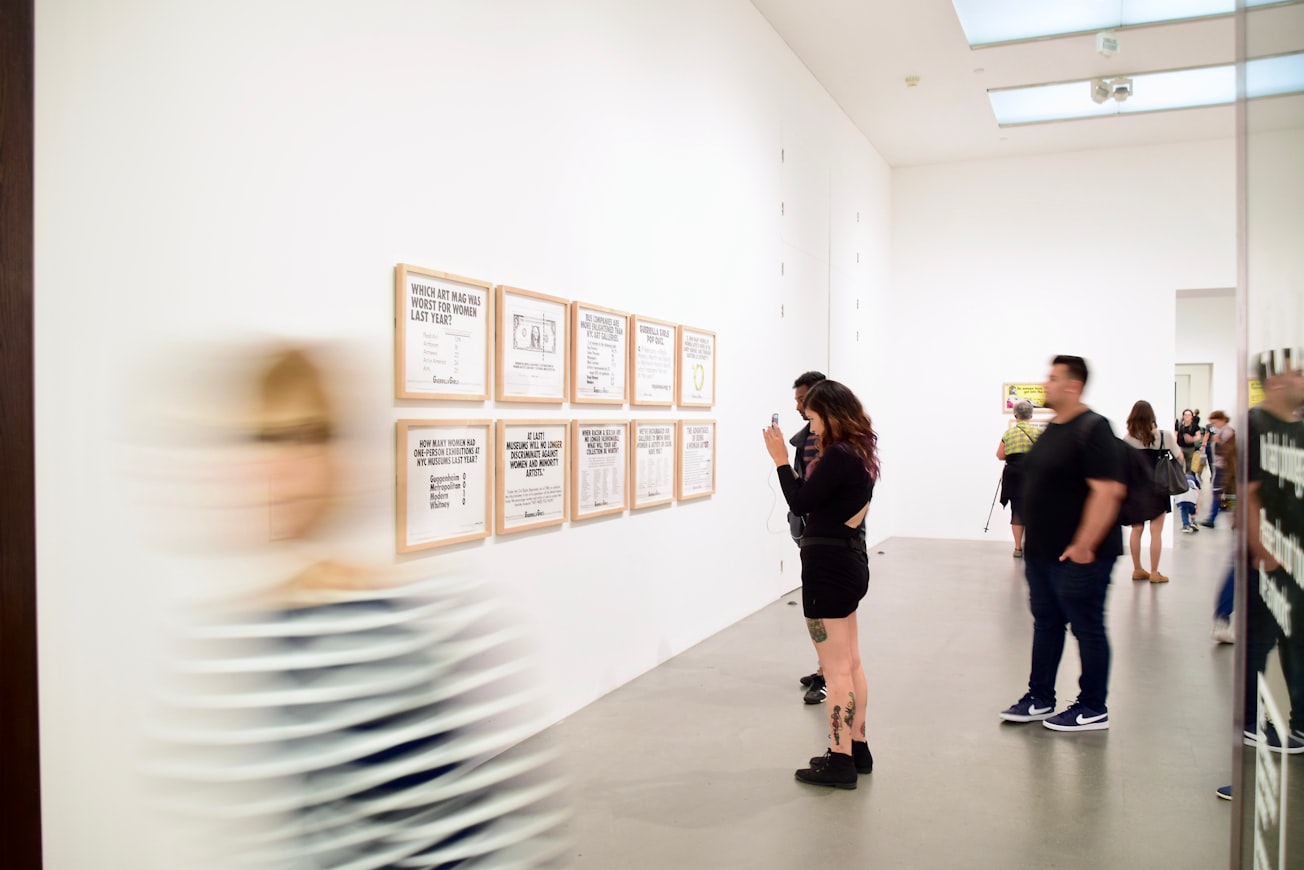What is it about?
This paper explores the responses of a group of young people to a memorial museum in Romania (Sighet Memorial Museum), focusing on how these visitors experienced empathy for the victims of communist-era violence. Data were collected using focus groups. Most participants showed a degree of empathy for the victims of suffering but this was usually shallow in nature. However some visitors displayed more “active” empathy (characterized by deeper imaginative and cognitive engagement).
Featured Image

Photo by iSAW Company on Unsplash
Why is it important?
It is important because it argues that empathy is not an automatic response to suffering and instead can be considered as an interaction between the design of the museum and the background knowledge of visitors.
Perspectives
Empathy is an important means for young people to participate in remembering the communist period, and is a means to make “prosthetic” memories of an authoritarian past which they have not experienced first-hand.
Dr Remus Cretan
west university of Timisoara
Read the Original
This page is a summary of: Encountering the victims of Romanian communism: young people and empathy in a memorial museum, Eurasian Geography and Economics, November 2018, Taylor & Francis,
DOI: 10.1080/15387216.2019.1581632.
You can read the full text:
Resources
Contributors
The following have contributed to this page










